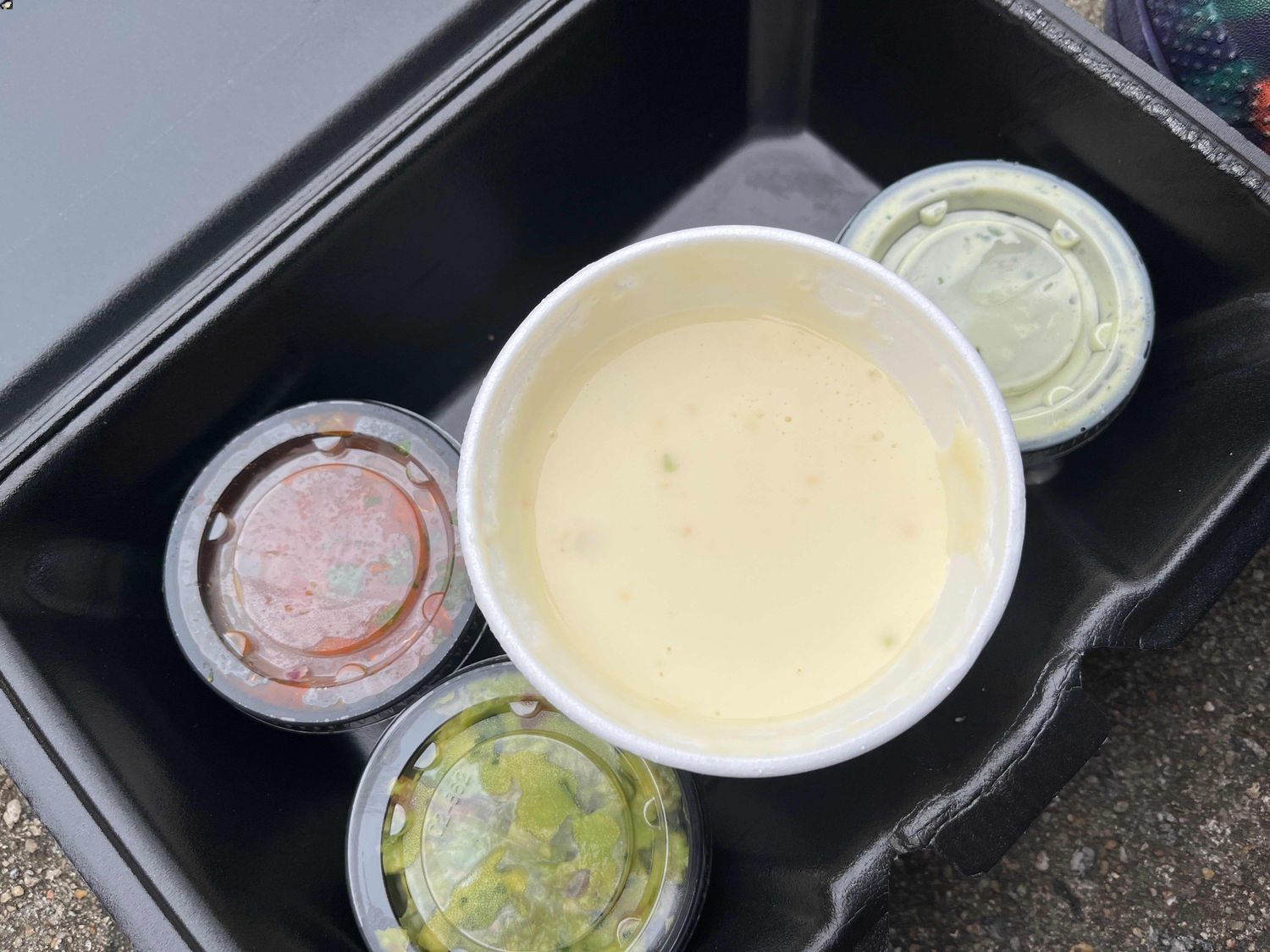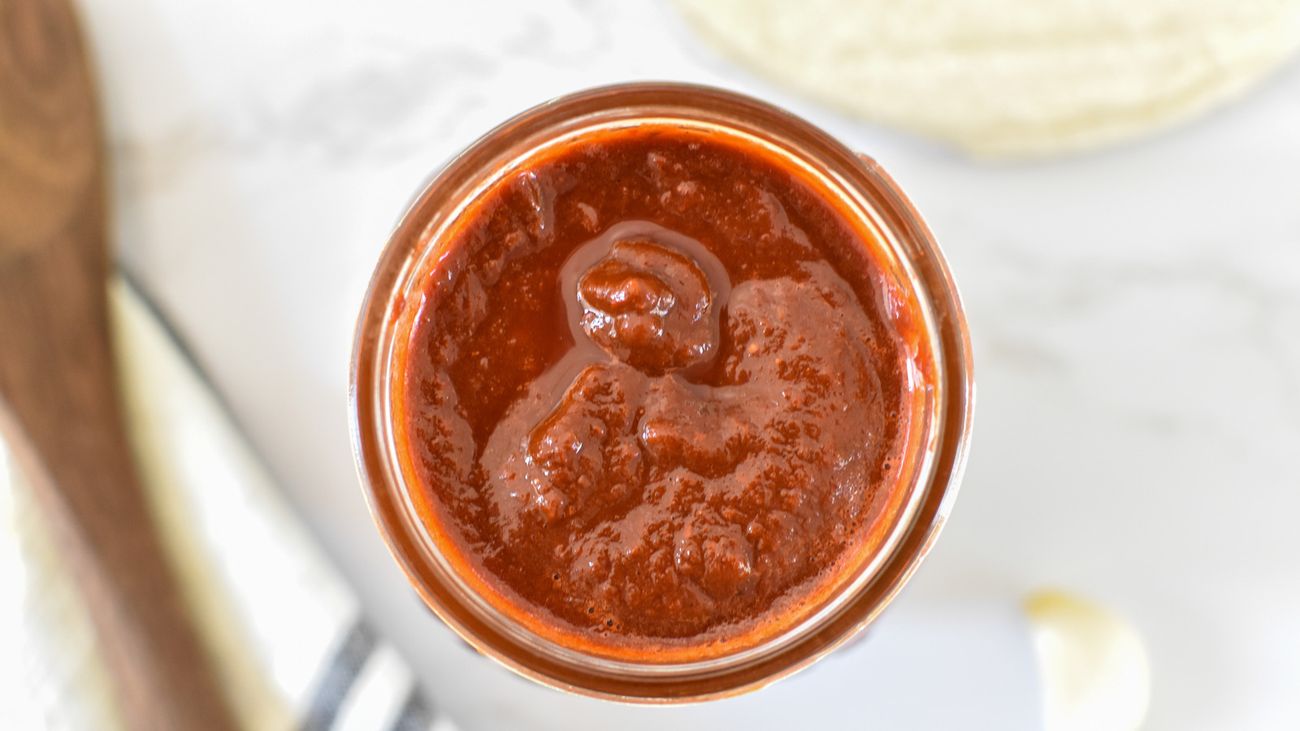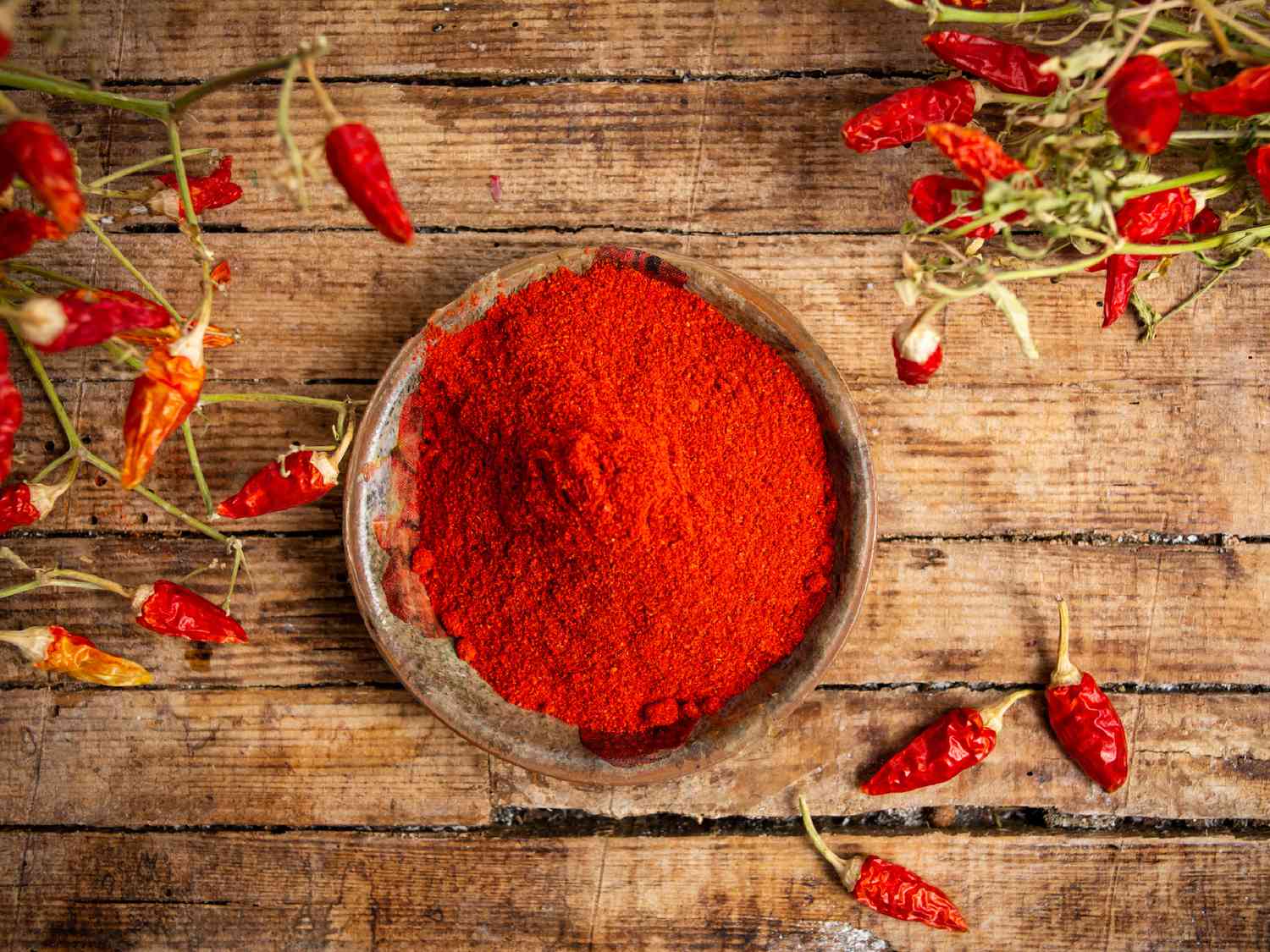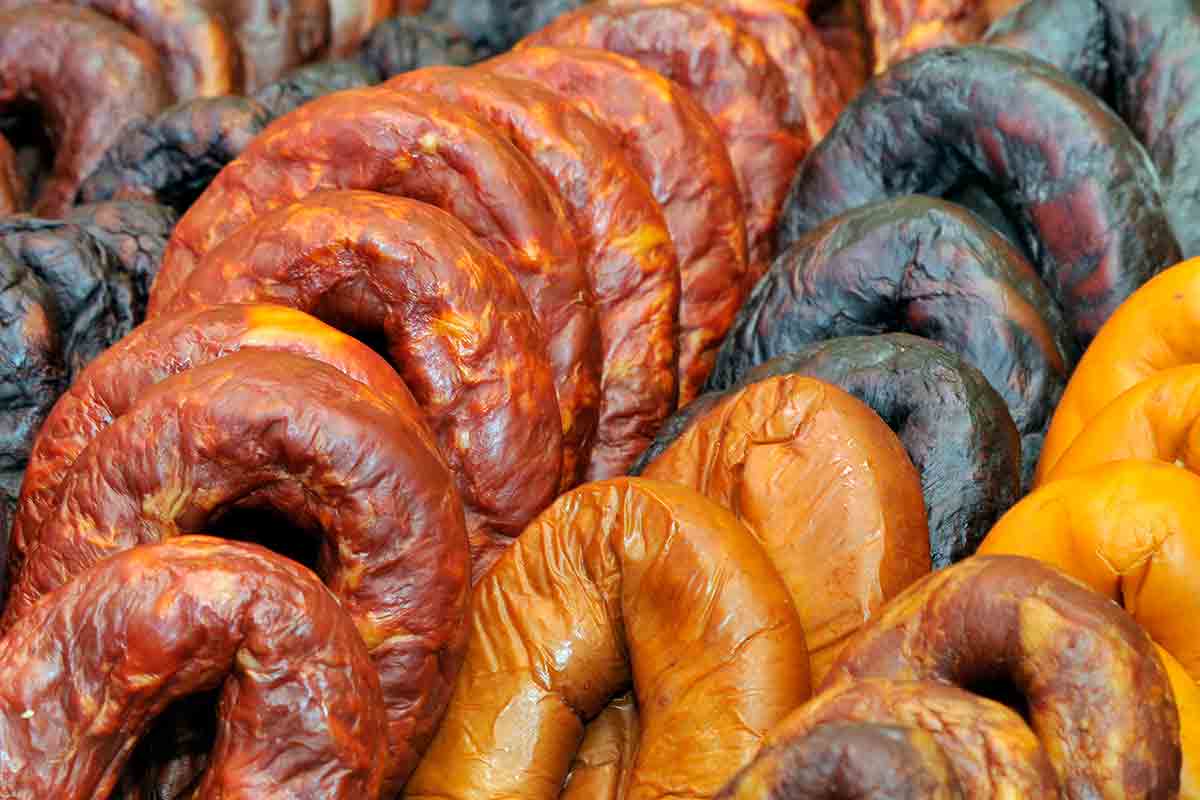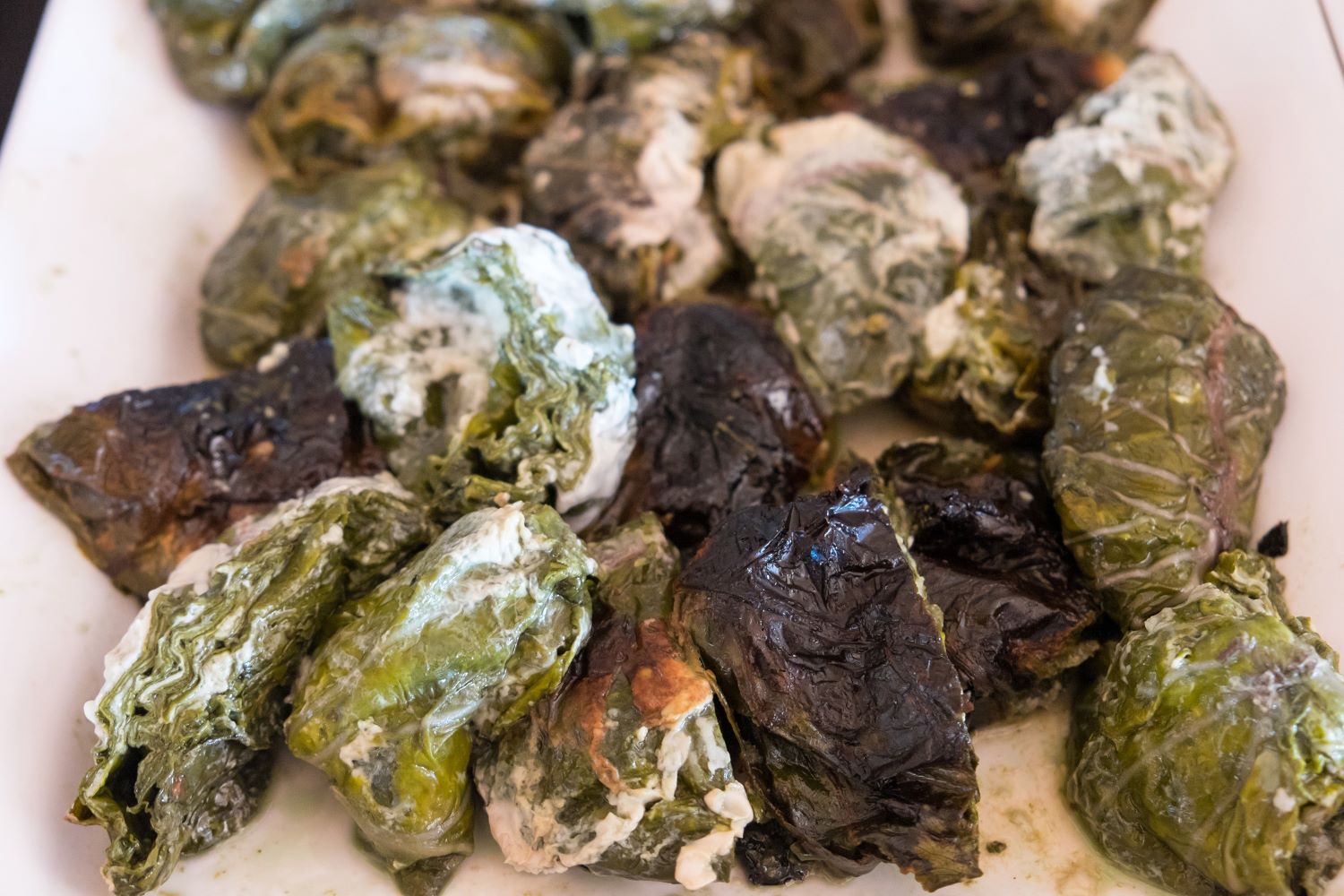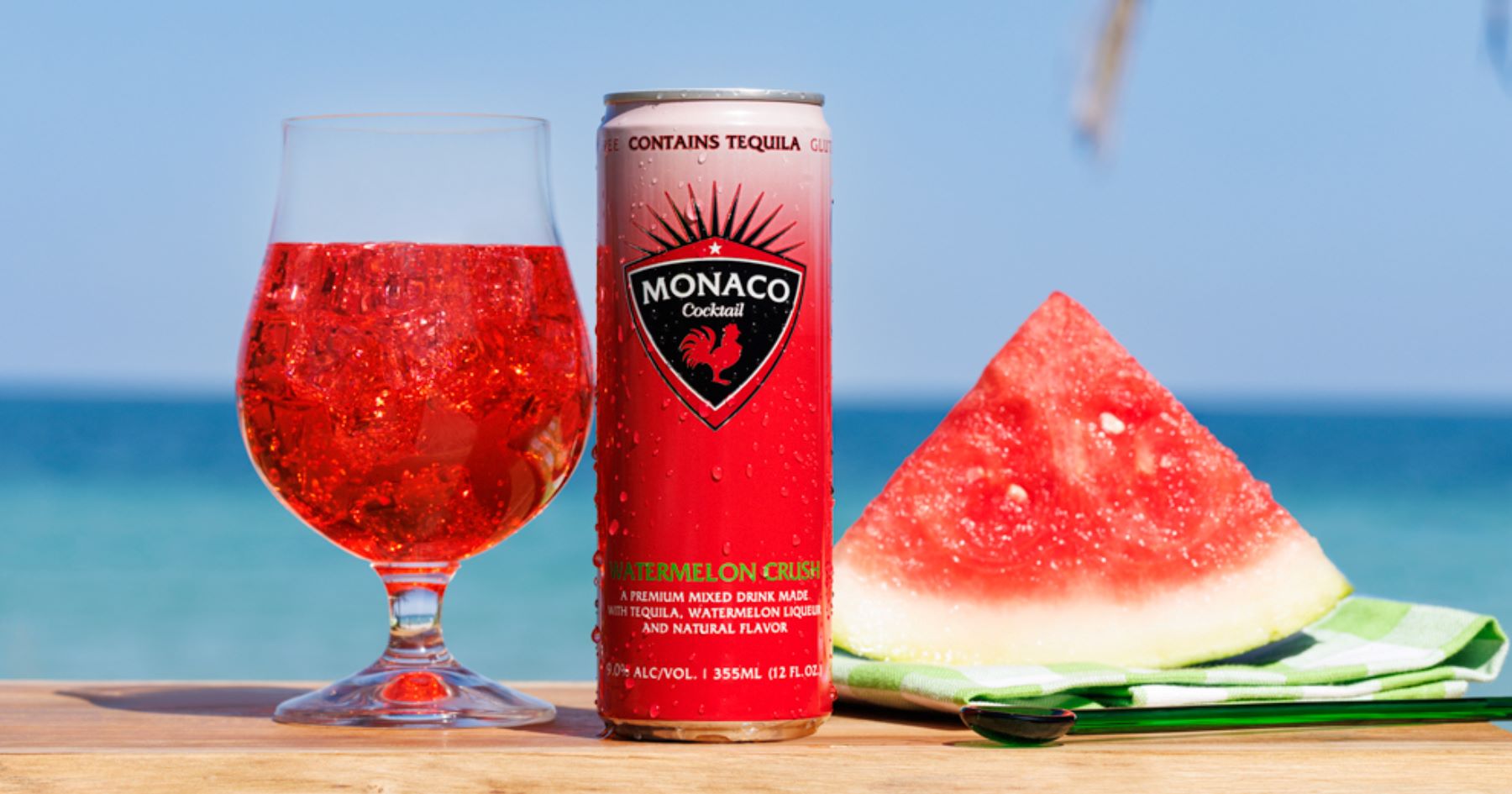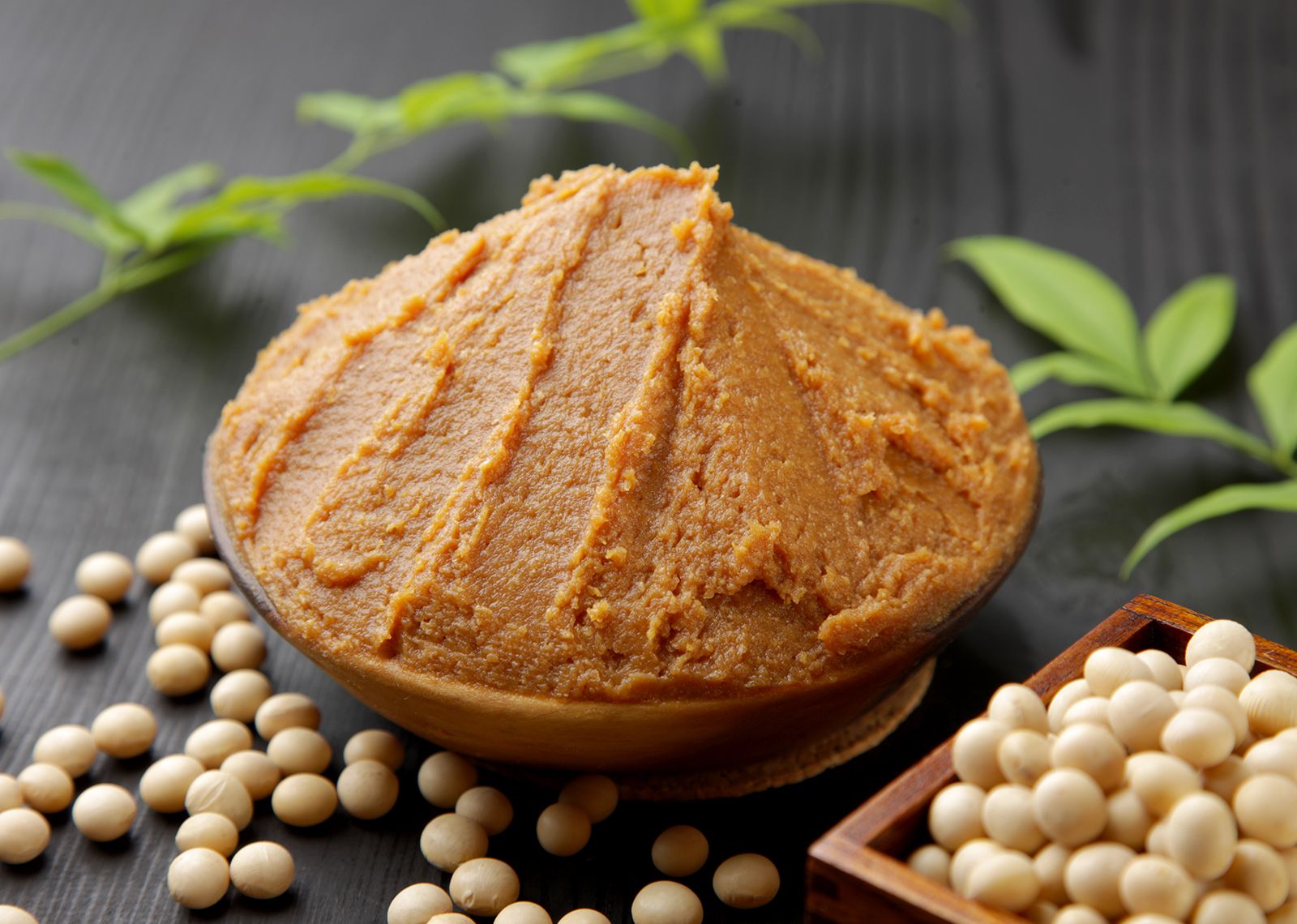When it comes to Mexican cuisine, one dish that stands out for its rich and complex flavors is mole. This traditional sauce has been a staple in Mexican cooking for centuries, and its unique blend of ingredients makes it a favorite among food enthusiasts around the world. In this article, we'll explore the origins of mole, its key ingredients, and the different variations that exist.
Origins of Mole
Mole has a long and fascinating history that dates back to the pre-Hispanic era in Mexico. The word "mole" is derived from the Nahuatl word "molli," which means "sauce" or "mixture." It is believed that the Aztecs and other indigenous groups in Mexico were the first to create mole by combining a variety of local ingredients, including chilies, chocolate, nuts, seeds, and spices.
Key Ingredients
One of the most intriguing aspects of mole is its diverse range of ingredients, which can vary depending on the region and the cook's personal preferences. However, there are several key components that are commonly found in most mole recipes:
- Chilies: Mole typically includes a blend of dried chilies, such as ancho, pasilla, and mulato, which contribute to its rich and spicy flavor.
- Chocolate: While it may seem unusual, chocolate is an essential ingredient in many mole recipes. The chocolate adds a hint of sweetness and depth to the sauce.
- Nuts and Seeds: Ingredients like almonds, sesame seeds, and peanuts are often used to thicken and enrich the mole.
- Spices: Mole is seasoned with a variety of spices, including cinnamon, cloves, cumin, and black pepper, which give the sauce its distinctive aroma and taste.
Variations of Mole
There are several different types of mole, each with its own unique flavor profile and culinary traditions. Some of the most popular variations include:
-
Mole Poblano: This is perhaps the most well-known type of mole, hailing from the city of Puebla. It is characterized by its rich, dark color and complex flavor, which is achieved through the combination of chilies, chocolate, and a variety of other ingredients.
-
Mole Negro: Originating from Oaxaca, mole negro is known for its intense, smoky flavor and velvety texture. It often contains a higher proportion of chocolate and a unique blend of spices.
-
Mole Coloradito: This mole is distinguished by its reddish color, which comes from the use of tomatoes and ancho chilies. It is slightly sweeter than other types of mole and is often served with poultry or pork.
-
Mole Verde: Unlike the darker moles, mole verde is made with a combination of fresh green ingredients, including tomatillos, pumpkin seeds, and fresh herbs. It has a bright, tangy flavor that pairs well with chicken or fish.
Serving Mole
Mole is a versatile sauce that can be served in a variety of ways. It is commonly used as a topping for chicken, turkey, or pork, and is often accompanied by rice and tortillas. In some regions, mole is also used as a filling for tamales or as a sauce for enchiladas.
In conclusion, mole is a truly unique and flavorful component of Mexican cuisine. Its rich history, diverse ingredients, and range of variations make it a beloved and iconic dish that continues to captivate food lovers around the world. Whether you're a fan of spicy, sweet, or savory flavors, there's a type of mole to suit every palate. So, the next time you're looking to explore the vibrant and complex flavors of Mexican cuisine, be sure to give mole a try!
Was this page helpful?
Read Next: What Is McDonald’s Milkshake
